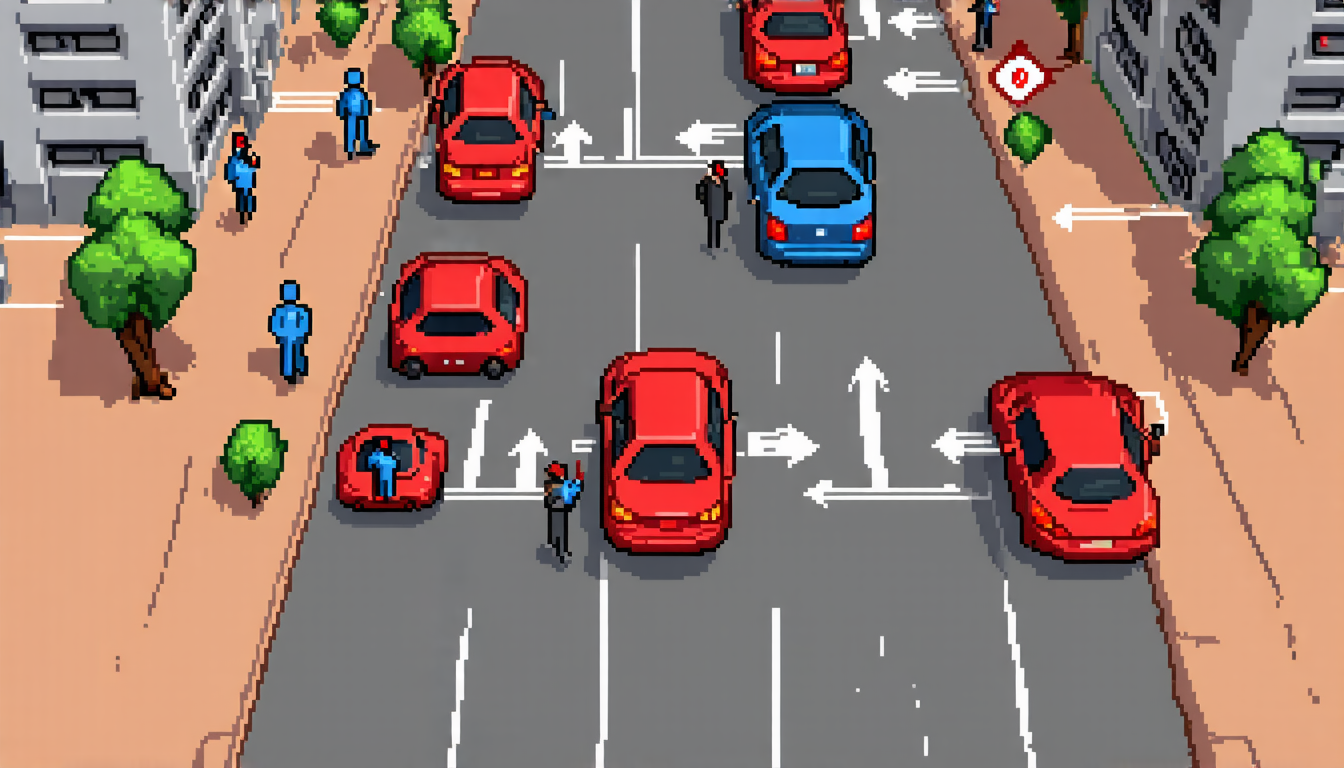Monday 21 April 2025
As we navigate through our daily commutes, it’s easy to feel like we’re stuck in a never-ending cycle of traffic congestion. But what if there was a way to optimize the way people travel, making it more efficient and environmentally friendly? A team of researchers has been working on just that, developing an innovative system that combines high-occupancy vehicle (HOV) lanes with role flexibility in ridesharing.
The concept is simple: instead of relying solely on one-to-one matches between drivers and riders, the new system allows for multiple pickups and transfers along a route. This flexibility not only increases the number of people who can be transported, but also reduces the overall travel time. By allowing passengers to switch between different vehicles, the system can efficiently move more people through the city.
But how does it work? The researchers used a combination of algorithms and data analysis to create a model that takes into account factors such as traffic patterns, road conditions, and passenger preferences. They then tested their system using real-world data from New York City’s taxi trips, randomly selecting over 17,000 requests with varying pickup and drop-off points.
The results were impressive: the role-flexible HOV lanes increased the number of matches by nearly 25% compared to traditional one-to-one matching, while also reducing travel time by up to 15%. This is due in part to the ability of the system to optimize routes in real-time, taking into account changes in traffic patterns and passenger demand.
One of the key benefits of this system is its potential to reduce congestion and emissions. By increasing the number of passengers who can be transported at once, the need for individual vehicles decreases, resulting in lower levels of air pollution and reduced traffic congestion. Additionally, the system’s ability to optimize routes and match riders with available drivers reduces the amount of time spent idling in traffic, further decreasing emissions.
Of course, there are still challenges to overcome before this system can be implemented on a large scale. For one, it requires a significant amount of data collection and analysis to ensure that the system is accurately predicting traffic patterns and passenger demand. Additionally, there may be concerns about the logistics of managing multiple pickups and transfers along a route.
Despite these challenges, the potential benefits of this system are undeniable. As our cities continue to grow and urbanization becomes increasingly important, finding innovative solutions to congestion and emissions will be crucial.
Cite this article: “Revolutionizing Ridesharing with Flexible Roles and HOV Lanes: A Dynamic Optimization Approach”, The Science Archive, 2025.
Traffic, Congestion, Ridesharing, Hov Lanes, Algorithms, Data Analysis, Passenger Preferences, Travel Time, Emissions, Urbanization







